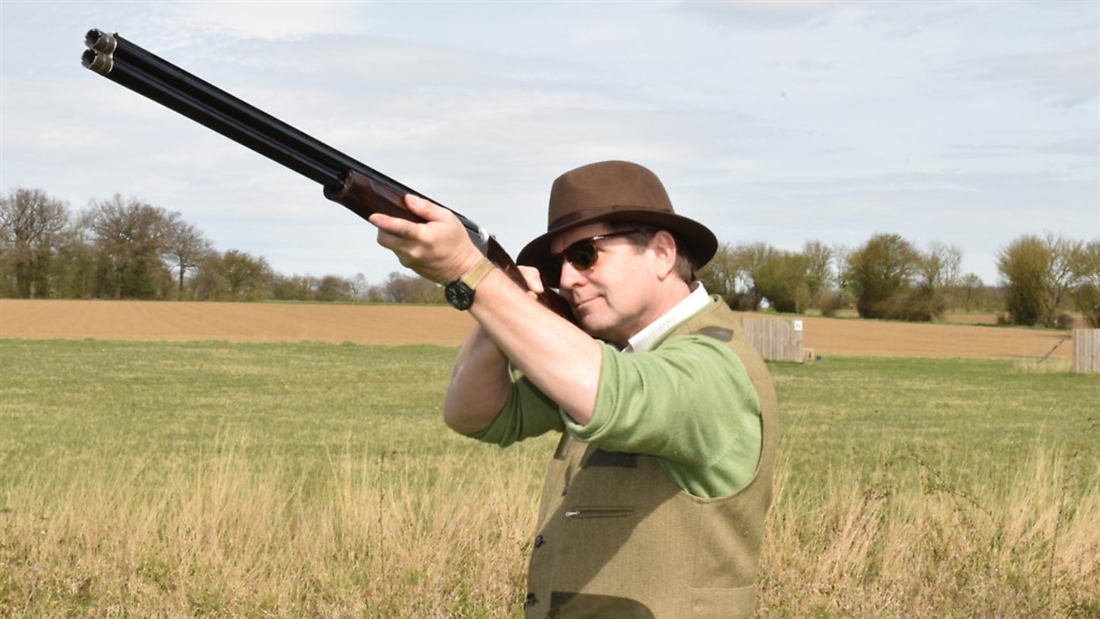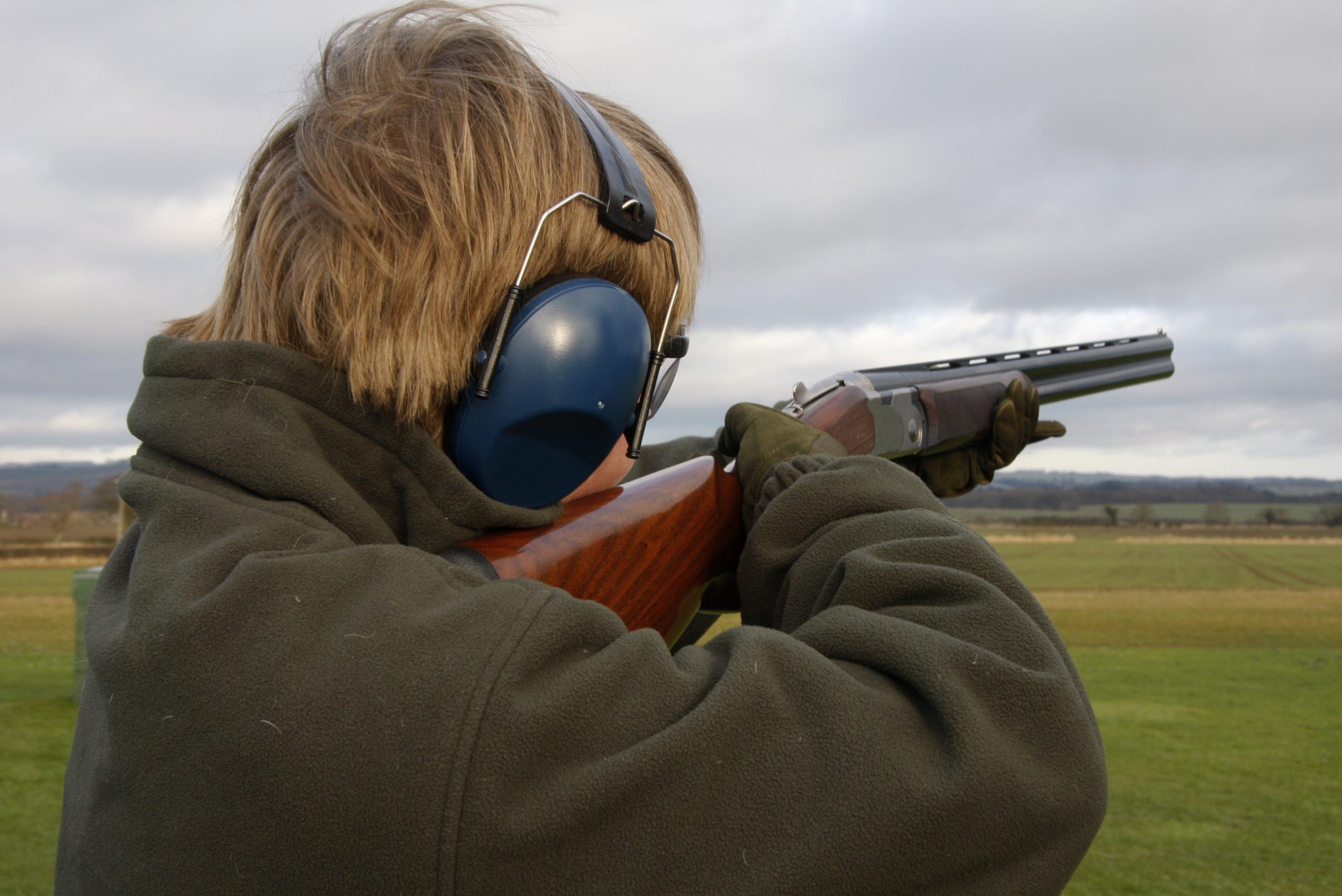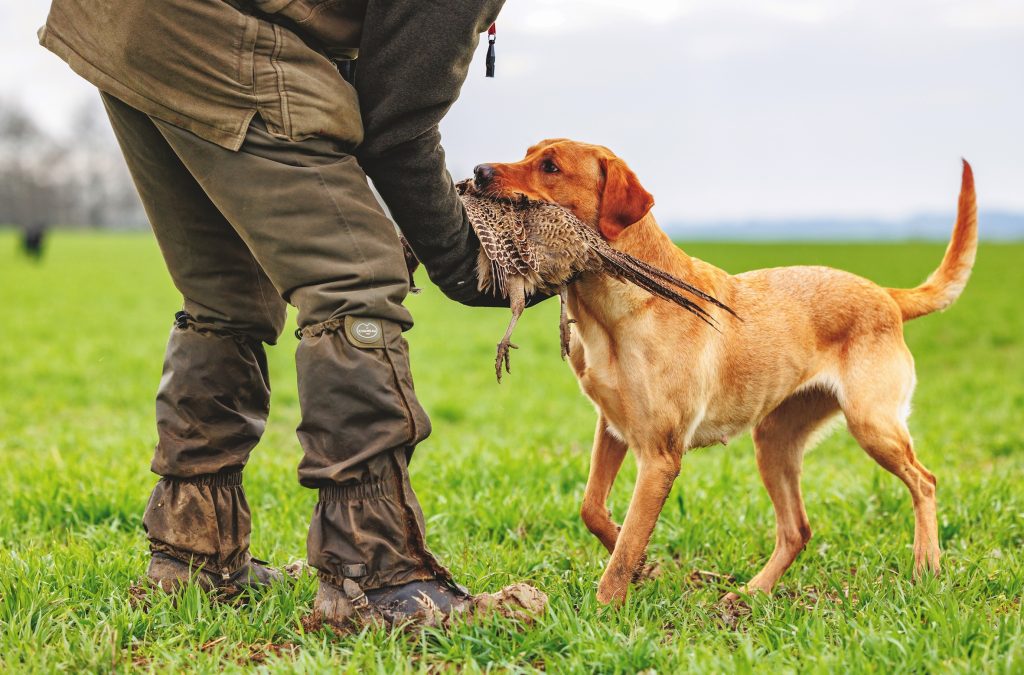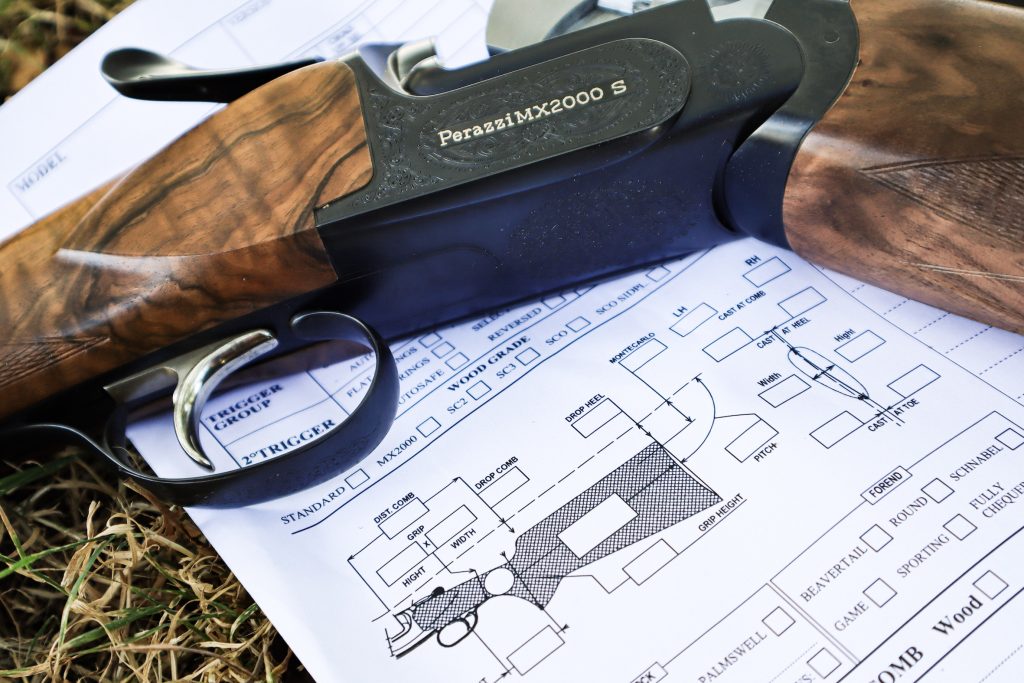Sabatti CTS Trap – shotgun test/review

Mike Yardley puts the Sabatti CTS Trap gun through its paces in this review… how did this well-priced all-rounder get on?
We like:
* The value
* The adjustable comb
* The form of the stock
We don’t like:
* The weighty barrels
Tech specs:
Make – Sabatti (FIAS)
Importer – Range Right
Model – CTS Trap
Bore – 12
Chamber – 3”
Barrels – 30” 32”
Chokes – Multi, 5 supplied
Weight – just over 8lbs
RRP – £1,395
Shooting impressions
I used the gun on the sporting and trap layouts at the Fennes Shooting Ground in Essex. Although designated a Trap gun by name, it is intended for all-round use as noted. Suitably choked, it could happily manage sporting, DTL and domestic skeet. It was comfortable to shoot with neutral handling characteristics. It’s no Perazzi, but nor can you expect it to be at the price. It broke the birds consistently and decisively with 3/4 and half chokes fitted. There were no issues with mechanical function at all. Recoil with Express High Velocity 24 and 28 gram 7 1/2 loads (our routine test cartridges) was not excessive. The bottom line? The Sabatti CTS would be an ideal first or second gun for someone starting serious clay shooing. I was generally impressed with it. The gun has integrity. The price is right. The style of decoration was not quite my thing, but that is easily changed. Get the detailing right and refine the handling qualities – things that don’t need to push the price up – and you would have an even more impressive budget gun.
Background/description
This test gun – a 30” Sabatti CTS Trap – is from a firm that, though a long established and much respected member of the Italian gun trade, is not that well known in Britain. I have visited Sabatti (aka FIAS – Fabbrica Italiana Armi Sabatti) in Gardone twice. A substantial family concern, they manufacture guns under their own name and also for other brands. They don’t just produce solid and reliable shotguns for which they are best known abroad; they also make rifles (bolt-action and double) and quality rifle barrels in house. In exploring the factory a few years ago (which is an interesting place because of the diversity of work), I was particularly impressed by the firm’s expertise in regulating double rifles. This is one of the toughest of all jobs concerning double-gun fabrication, and it was good to see so much handwork going into them and real effort expended on range to get them just right. Sabatti are proper ‘old-school’ gunmakers with profound knowledge; the family has been making guns for almost 400 years – only Beretta can claim to be older, and only just!
Returning to the test gun, it is a fairly big beast, and rather reminiscent of an old silver-actioned Beretta 682. It hits the scales at something over 8lbs. The silver-finished action has a gold clay inset. No one is going to mistake the application, though my preference would have been for plain action decoration on a competition gun. Bringing the CTS to the shoulder, one is immediately aware that this is a big, heavy gun. Balance is about ½” forward of the hinge pin, and about right in my opinion. Nevertheless, it feels a little ponderous between the hands; one has to factor in an RRP of £1,395 (and a bit less from Neville Chapman, who lent this one to me out of his stock for testing purposes). This is clearly designed as an entry-level all-rounder and must be judged as so – don’t let the ‘Trap’ in the name put you off. To quote Sabatti: “A reliable competition shotgun at a very good price? A practical, well-balanced and robust competition shotgun? A gun that will allow you to nurture your passion without breaking the bank?” You can see where they are pitching it…
Although the CTS barrels do not feel especially lively, some may prefer this quality in a Trap or Skeet gun. My preference is for lighter barrels which are, as I usually term it, ‘light for length’. It can be assumed, however, that the barrels here are competently made, since Sabatti are true barrel-making experts. The CTS might not feel or look especially refined, but it did feel reassuringly comfortable when mounted. The large grip is not too tightly radiused and has a hand-filling palm swell. The adjustable stock was nicely profiled and the fore-end was well shaped too, and rounded with flutes. Chequering, by laser, was competent. The walnut seemed well figured too, and I wondered if the figure had been enhanced – the wood is marked ‘PTO’ on the grip. The ventilated recoil did not quite do it for me but is easily changed.
Looking at the barrels, the 10mm vented rib was well laid and is equipped with a white plastic foresight which does the job, although my preference on a sporter is a red fluorescent bead. My own preference is for an 8mm parallel or 11-8mm taper, but this will do nicely. Joining ribs were solid; handling might have been improved if these were ventilated and extended back only as far as the fore-end. The chrome moly steel barrels are monobloc – as are nearly all mass-made double guns today – with the usual band of engraving around the top join. The jointing itself is very tight and a testament to Sabatti’s competence in this area. The gun is proofed for 3” (76mm) cartridges. The straight barrels pass muster in all departments, with my only quibble being that the forcing cones looked quite short – 25 or 30mm I would guess from visual inspection.
Mechanically, there is not much to say about the action. Hot-forged like the monobloc, it is of typical Italian mid-market pattern with stud pins at the knuckles (as on a Beretta or Perazzi), and a full-width bolt meeting a bite beneath the bottom chamber mouth (as seen in a Browning). The works are powered by helical springs. There are the usual centrally located double cocking bars as also seen in mechanically similar Rizzini and FAIR over-and-under guns. Detailing and finish is pretty good. The safety and barrel selector on the top strap are well proportioned and the thumb piece of the top-lever is comfortable. The gold-plated trigger blade is well shaped and not too broad or garish. The single-trigger mechanism itself is recoil activated. Sabatti uses its own patented hammer ejector system.
The stock on the CTS was full but well proportioned. For quite a while the Italians insisted on putting very bulbous stocks on their clay guns, which relates to the national experience of Trap shooting. The butt here is not too thick, although the fore-end is quite wide. The grip is quite large, as noted, but I liked it because it offered good purchase. The adjustable comb was sound – a real bonus on a competition gun and simply adjusted with an Allen key. The stock length with the supplied ventilated recoil pad was 14½”. The comb was higher than the average which is a positive, though it might be too high for some with large heads. After raising it a few millimetres either end, it fitted me – Mr 5’ 11” Average – perfectly.





